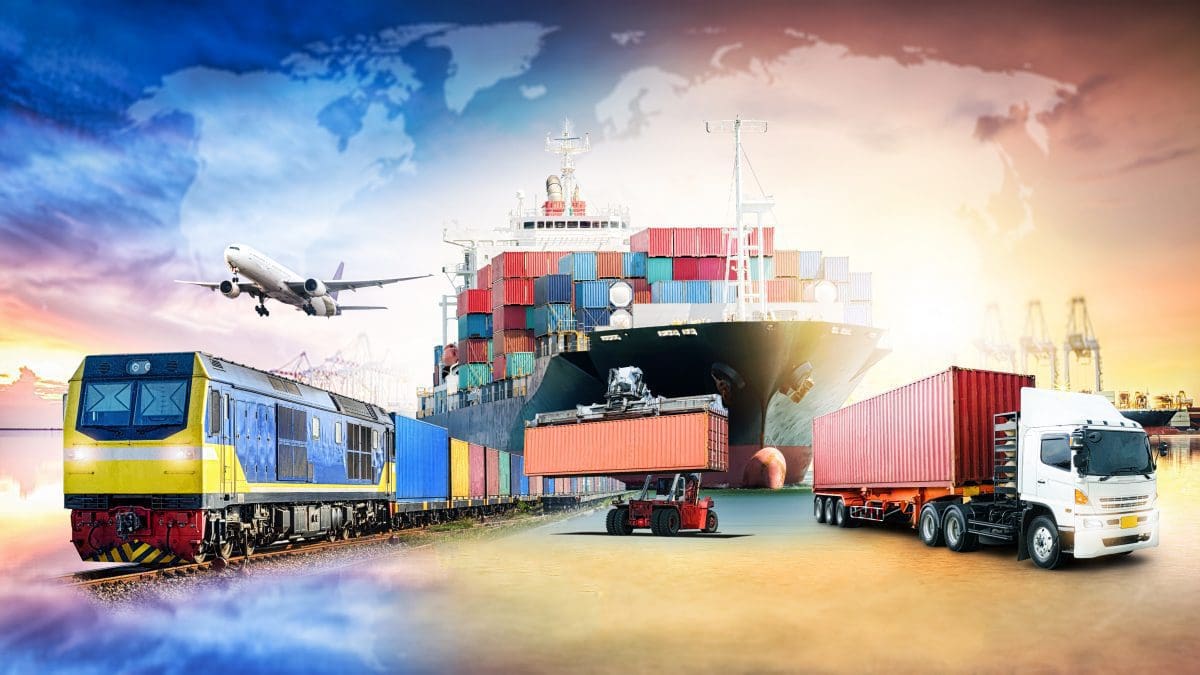
2020 began with a lot of optimism about the growth of third party logistics providers, but that was all flipped onto its head right along with the global economy as the COVID-19 pandemic took hold of the entire world. The demands of both retailers and customers changed, leaving many companies having to change their strategies right along with it to adapt. According to Search Engine Land, eCommerce sales rose 45% in the second quarter of 2020 compared to the second quarter of 2019, due to many businesses having to close down their physical locations during lockdowns. 3PL(Third Party Logistics) companies have experienced mixed results from these changes, with some struggling to adjust while others experienced record growth. 2021 has brought about stabilization for 3PLs as they gain a better understanding of how to operate during the pandemic era, leading to the strengthening of many different trends.
Amazon Alternatives
With a 38% share of all e-commerce sales in the United States and over 2 million sellers, Amazon has further solidified its position as the biggest e-Commerce giant in the world. It continues to rapidly grow as well, with over 300 delivery centers and 100 fulfillment centers. However, changes and restrictions brought on by Amazon during the pandemic have led many of Amazon’s sellers to look for alternatives. The end of 2021 and 2022 should see the trend of many sellers setting up their own e-Commerce platforms strengthening, and alternative online marketplaces like Walmart and Target gain steam.
Fulfillment as a Service
With the barriers for sellers to launch their own stores ever shrinking, the number of e-Commerce stores has grown exponentially. A good example of this is the growth of Shopify, which grew 71% in the second quarter of 2020 when compared to the second quarter of 2019. The growth in online sellers has also led to an outstanding amount of growth in fulfillment service companies. Industries have seen a large investment in fulfillment companies to keep up with the increasing growth of e-commerce sales and digital sellers, and that is a trend that doesn’t appear to be going away anytime soon.
Growth of the Gig Economy and Crowdsourcing
The logistics industry is undergoing what is often called the ‘Uberfication’ of the fulfillment space. This is the emergence of companies using crowdsourcing and the gig economy to make deliveries to their customers. This system allows vehicle owners to become independent delivery drivers and be matched up with different companies that need their products delivered to certain areas. This means there are fewer barriers to entry for someone looking to provide fulfillment services, though companies are risking having less quality control over their products due to the use of independent contractors for fulfillment services lessening their visibility over the service. Despite the downsides posed by the use of crowdsourcing for the last mile of the supply chain, the advantages in cost and efficiency ensure that the Uberfication of the logistics industry, and the growth of the gig economy as a whole, will continue to trend upwards through the end of 2021 and well into 2022.







